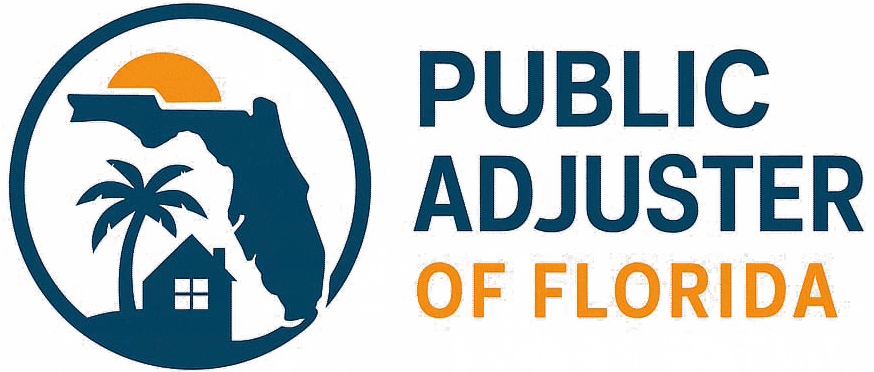Mold Is Silent — Until It’s Not
You don’t smell it at first.
You don’t see it until it spreads.
And when you finally call the insurance company, they say it’s “not covered.”
That’s how thousands of Florida homeowners lose thousands of dollars — and sometimes their health.
Why Mold Claims Get Denied or Underpaid
Most insurance policies in Florida limit or exclude mold coverage unless it’s properly documented as a result of a covered event (like water damage from a burst pipe or hurricane intrusion).
Here’s what insurers rely on:
- Vague definitions of “gradual damage”
- Delays in reporting
- Lack of proper inspection
They know most homeowners won’t fight it. That’s where things go wrong.
The Truth About Mold Damage
Mold isn’t just a stain.
It compromises walls, floors, insulation.
It triggers asthma, respiratory issues, and long-term health problems — especially in kids and the elderly.
That’s why your claim matters. Not just to repair your home — but to protect your family.
What You Should Do Immediately
- Document the mold — photos, videos, timestamps
- Identify the source — was it a leak, a storm, roof damage?
- Do NOT remove the mold before it’s inspected
- Avoid using insurance “preferred vendors” before getting a second opinion
- Call a public adjuster to review your policy and build a claim
Timing is everything. The longer you wait, the easier it is for insurers to blame you or deny the link to the original event.
What I Do as a Public Adjuster
When I handle a mold claim, I:
- Interpret your policy in your favor
- Prove the origin of the mold is linked to a covered loss
- Bring in licensed mold remediation experts
- Handle all insurer communication
- Fight for full structural repair + cleanup + relocation if needed
Most importantly, I make sure you don’t get shut down by fine print.
Final Words
Insurance companies want you to think mold is your fault.
They’re counting on you giving up.
But the truth is: if the damage was caused by something they cover, they must pay.
Let me prove it.

